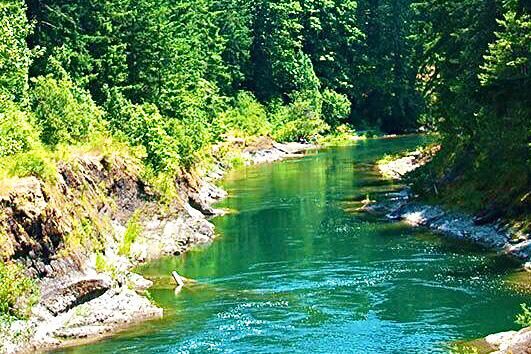
When a river that once breathed life into a town dries up, the ripple effects are felt far beyond just the empty riverbed. The heart of the community changes, and every corner of daily life is touched. Here’s a look at what unfolds when the river that fed a town disappears.
The Slow Fade of Local Agriculture
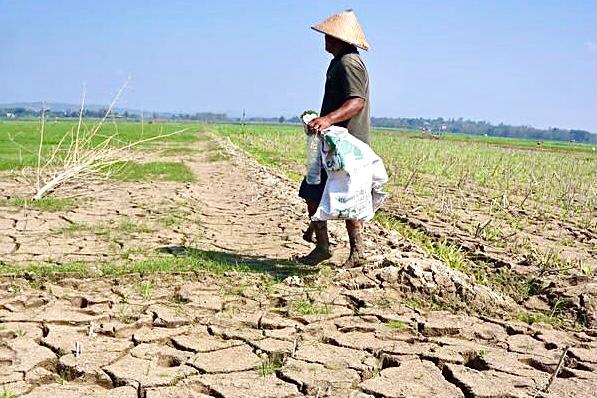
It often starts in the fields. Farmers who once relied on the river’s steady flow for irrigation suddenly find their crops wilting under the sun. The soil, once lush and rich, begins to harden and crack, making it harder for seeds to sprout and thrive. Livestock, too, feel the pinch, as water troughs run dry and pastures lose their green. The community’s food supply shrinks, and the local markets, once bustling with fresh produce, start to look sparse. Families who have farmed the land for generations may have to make the heartbreaking decision to move away or change their way of life entirely. Source: aa.com.tr
Businesses Begin to Struggle
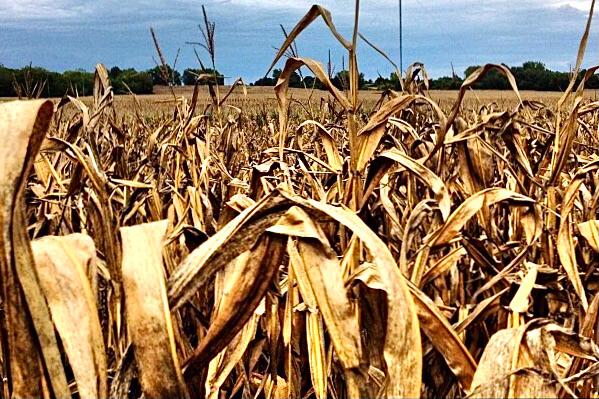
Without the river, businesses that depended on its water like mills, breweries, or even small factories and crops are faced with tough choices. Some try to adapt by trucking in water, but costs quickly mount. Others simply can’t survive and shutter their doors, leaving empty storefronts and lost jobs. The economic downturn doesn’t just affect business owners; it ripples through the whole town, making it harder for everyone to get by. Source: fanews.co.za
A Shift in Community Identity
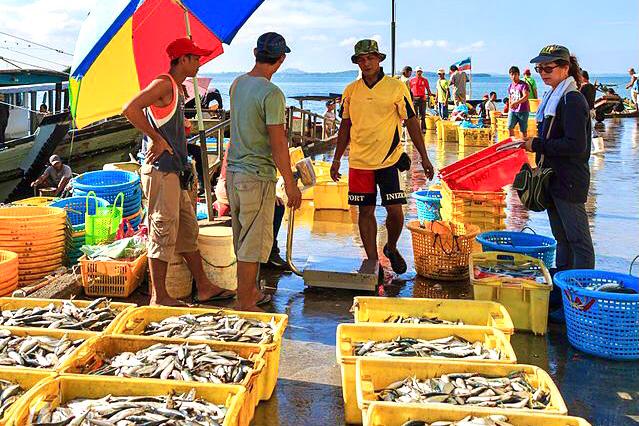
Towns often build their identity around the river that runs through them. Annual festivals, fishing derbies, and riverside gatherings become cherished traditions. When the river disappears, so do these events, leaving a hole in the social fabric. Residents may feel a sense of loss that goes beyond the practical, as if a piece of their shared history and culture has vanished overnight. Source: oxfordbibilographies.com
Environmental Aftershocks
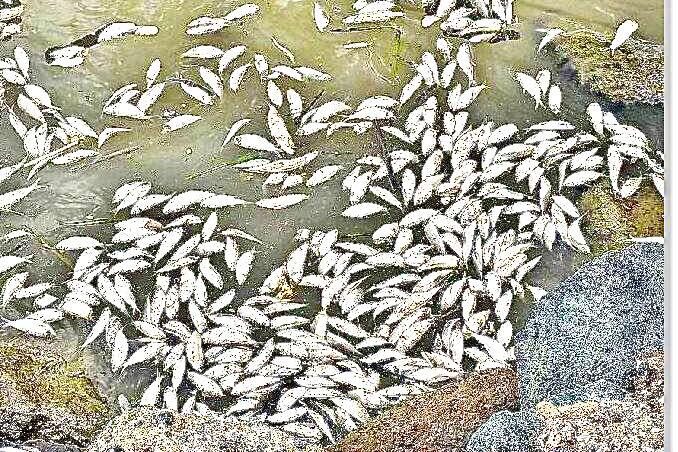
The river’s absence isn’t just a human problem. Wildlife that depended on its flow; fish, birds, and countless other creatures must adapt or move on. The ecosystem shifts, sometimes dramatically, as invasive species take hold or native plants and animals disappear. Number of dead fishes may began to increase, dust storms may become more common, and the landscape itself can change, becoming less hospitable for everyone. Source: h2oglobalnews.com
Health Concerns Rise
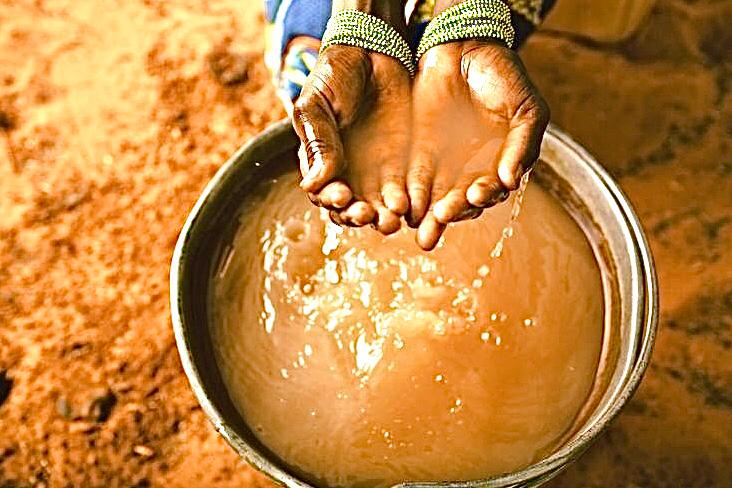
Without clean, flowing water, sanitation becomes a challenge. Wells may dry up or become contaminated, leading to health risks like waterborne diseases. Residents might have to rely on bottled water or deliveries from far away, which isn’t always reliable or affordable. The stress of these changes can also take a toll on mental health, as uncertainty becomes a daily reality. Source: who.int
The Exodus of Young People
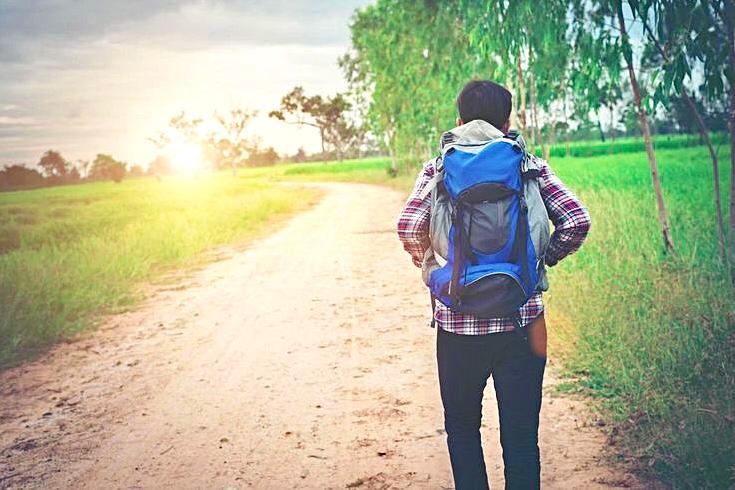
With fewer jobs and dwindling opportunities, young people are often the first to leave. They head to cities or other towns in search of work and a future. Schools also see their enrollment numbers drop, and playgrounds become eerily quiet. The town’s average age creeps up, and the energy that comes from a vibrant, youthful population begins to fade.
Water Wars and New Tensions

As water becomes increasingly scarce, competition for what little remains can lead to heightened tension, and neighbors who once shared resources amicably may find themselves in bitter conflict over access to wells, springs, or rights to any remaining water sources. Sometimes, these disputes escalate rapidly, straining relationships that have lasted for decades and potentially leading to long-standing feuds, community divisions, and even violent clashes.
The Erosion of Property Values
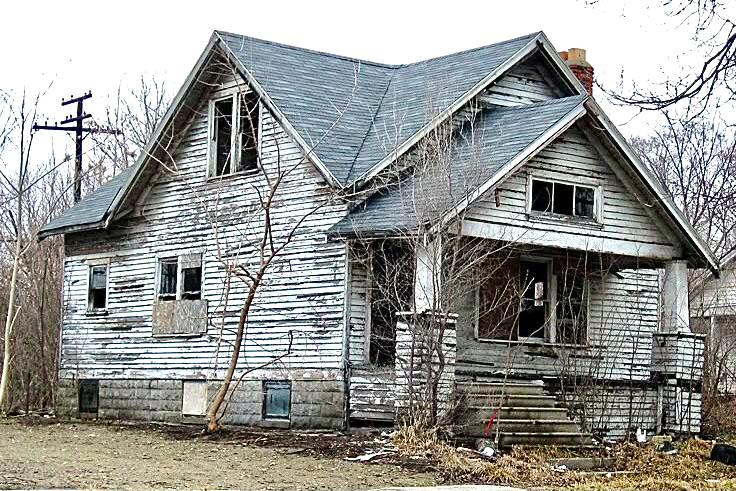
As the river disappears, so does the town’s appeal to newcomers, leading to a decline in population and a dwindling sense of vitality. Property values drop significantly, making it harder for families to sell their homes and move on if they want to, and effectively trapping them in a declining community. Abandoned houses and overgrown lots become more common sights, further eroding the sense of community and pride that once defined the town. The once-thriving neighborhoods now depicts neglect and disrepair, with boarded-up windows, crumbling infrastructure, and a general air of abandonment.
Attempts at Reinvention

Some towns rally, seeking new ways to survive. They might try to attract tourists with historical sites, art festivals, or outdoor adventures unrelated to the river. Others look to technology or remote work as a lifeline. While not every effort succeeds, these attempts at reinvention show the resilience and creativity of people determined to stay rooted in their home.
The Lingering Spirit of Community
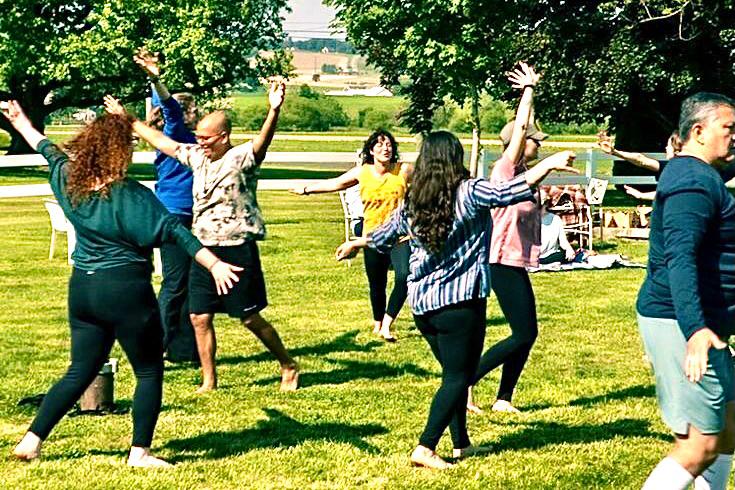
Even as challenges mount, the bonds between neighbors can grow stronger. Shared hardship often brings people together in new ways, whether through volunteer efforts, local support groups, or simply checking in on one another. The river may be gone, but the spirit of the town; its stories, its friendships and its stubborn hope remains. In the end, it’s this spirit that carries the community forward, whatever the future may hold.
IF YOU’VE EVER WITNESSED A SIMILAR TRANSFORMATION OR YOU HAVE YOUR OWN STORY ABOUT ADAPTING TO SUCH CHANGES, SHARE IT WITH US IN THE COMMENT SECTION. YOUR VOICE MIGHT INSPIRE SOMEONE FACING THEIR OWN RIVER’S END.


